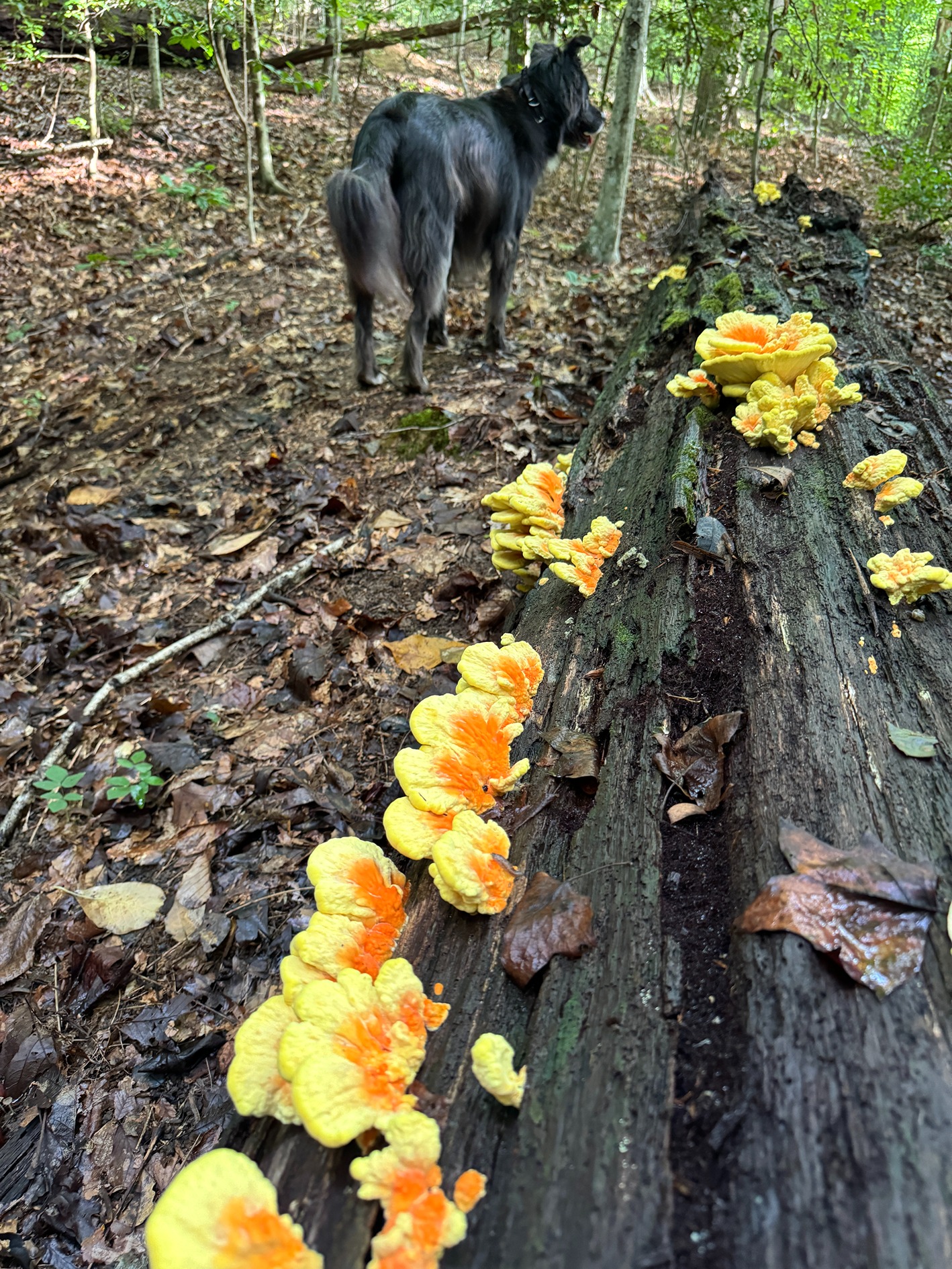
It’s that time of year when you might find yourself admiring the trees along the highway covered in cascades of purple flowers. If you’re left wondering what type of tree that may be and why you never noticed it before, it might surprise you that it could be anything from an oak to a pine covered in those beautiful flowers. What you are seeing is not the tree but, actually, the plant that is slowly killing it. Let me introduce you to my favorite plant to hate — Wisteria.
My distaste for Wisteria does not spread across the genus but only falls on the two Asiatic species, Wisteria sinensis and Wisteria floribunda, which are both non-native, introduced species that have become exceptionally invasive in the urban forests of the Mid-Atlantic. This flowering vine will establish itself quickly in nearly any garden and begins climbing anything it can reach. Once fully established it will begin its spread through both seeds and above-ground stolons. A small trellis of Wisteria beside a deck or patio can quickly turn into a backyard filled with vines and nearby trees being overwhelmed. As the vines grow they climb as high as possible to seek out sun and will climb to the top of 50- to 70-foot tall trees, the whole time growing in diameter and slowly choking the tree. Heavy infestations can choke out entire trees and even woodlots. But what to do if it has already started its invasion of your property?
Control can be a tedious and sometimes hard-fought battle that may need a lot of elbow grease, herbicides, and even professional help. Smaller plants and clumps can be culled by simple hand pulling with a watchful eye for additional sprouts popping up. Larger infestations may require chainsaws, herbicides, and even the ever-popular goat to get things under control. It may take several years of repeated treatments to full eliminate the vines.
One final tidbit to note is that while goats can eat modest amounts of the plant, Wisteria should definitely be kept away from children or curious pets as the smooth and sizable seeds are very poisonous. And the rest of the plant poses a smaller threat, but still a threat if eaten. This does not mean that Wisteria doesn’t have a place in our landscapes and urban forests. It is indeed a beautiful plant that adds a splash of color in the spring. The native version of the plant, Wisteria frutescens, will still give you the showy flowers and some climbing without the nearly uncontrollable spread. It is also very well suited to remaining a small clumping shrub without support for climbing. If you can’t find this species in your local nursery, ask for it by name, which may help them to decide to stop carrying the Asiatic species.


